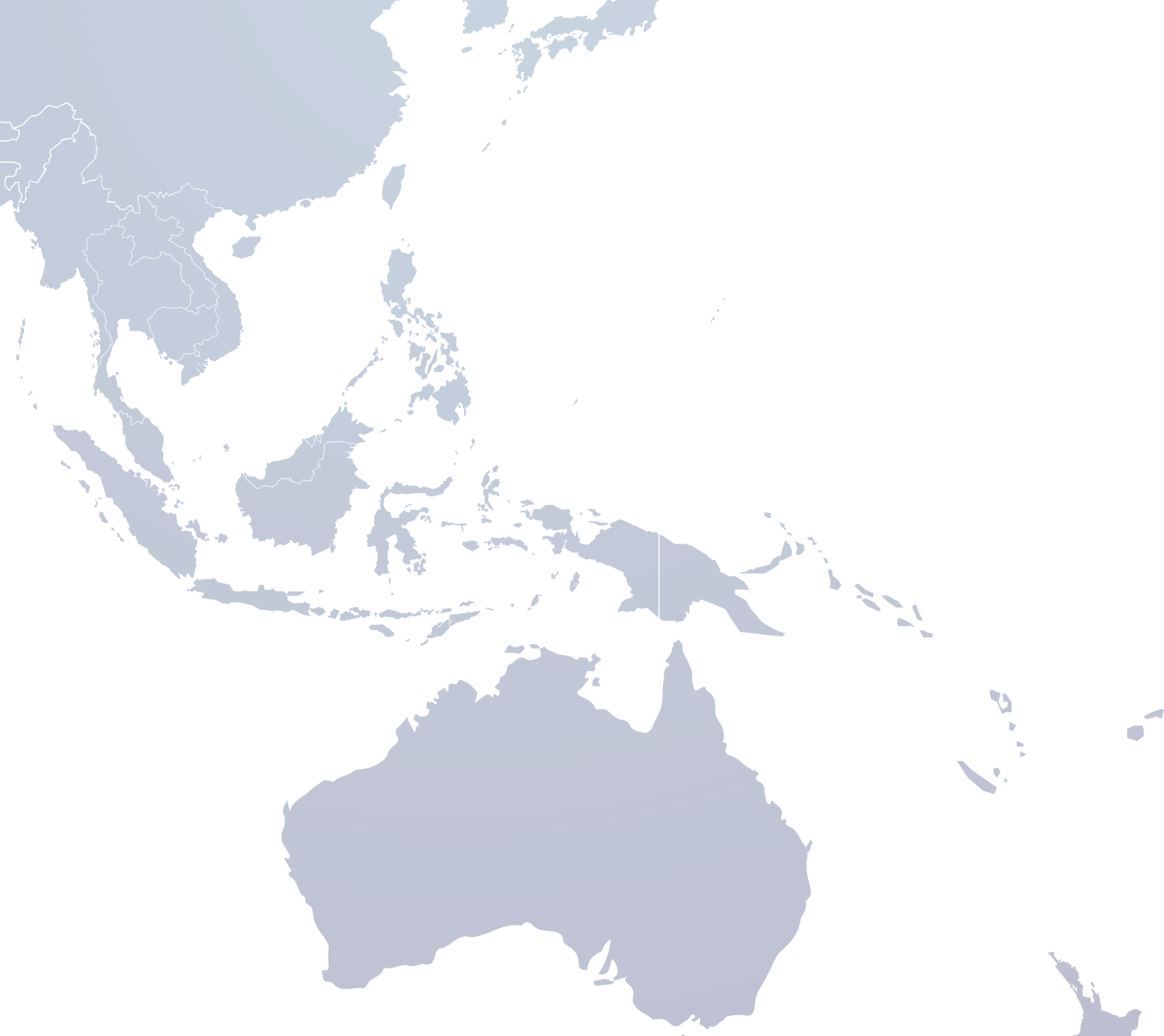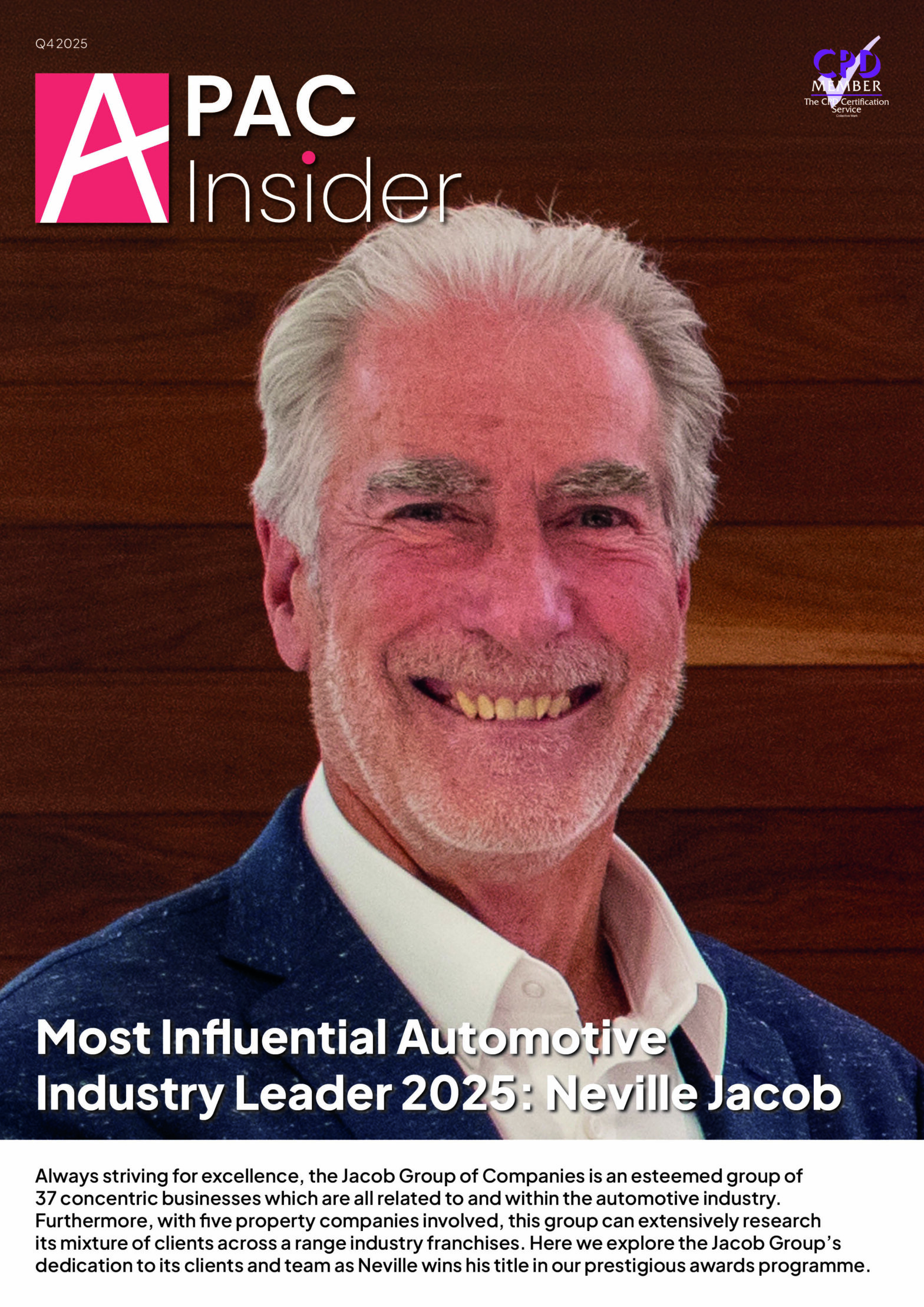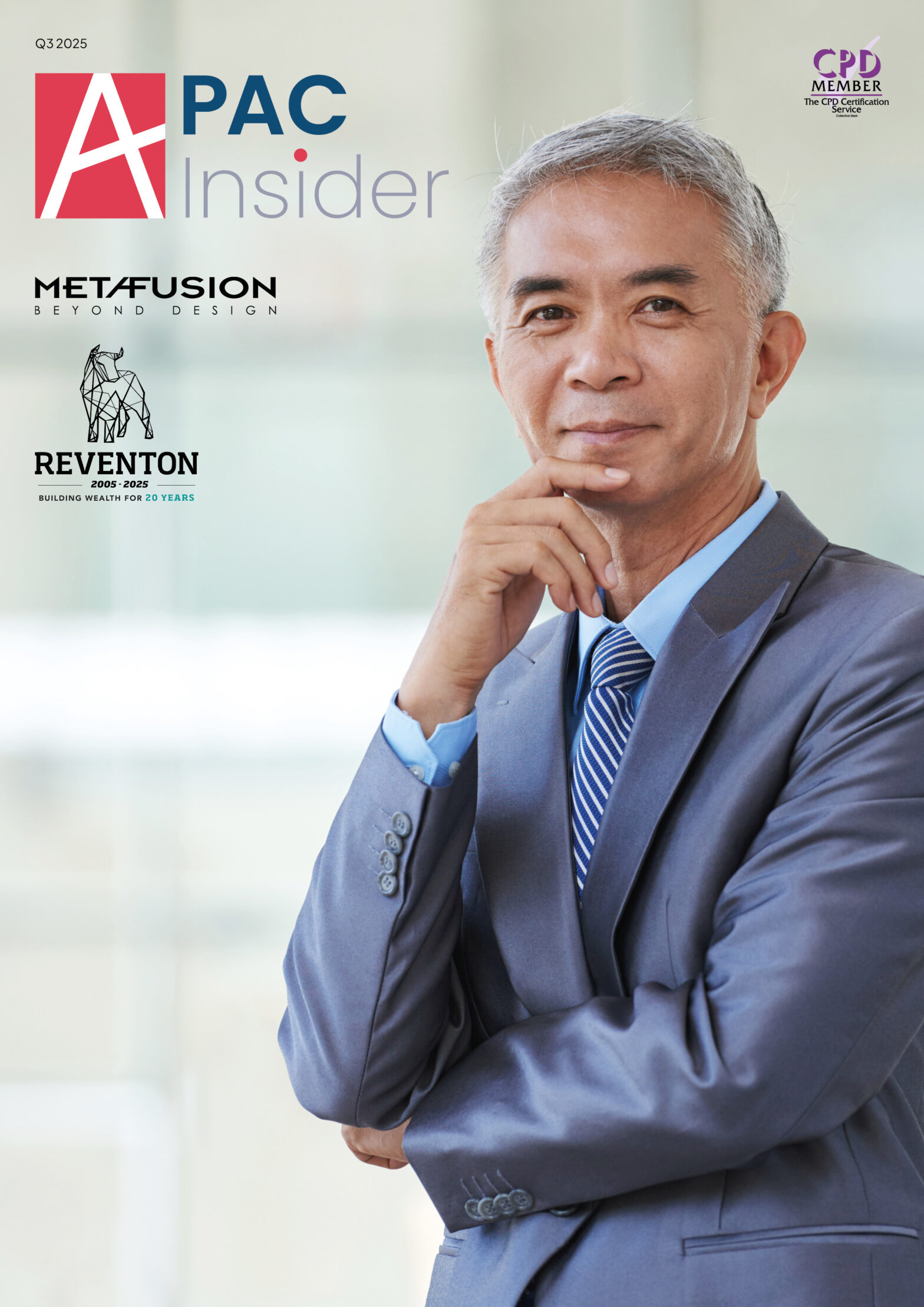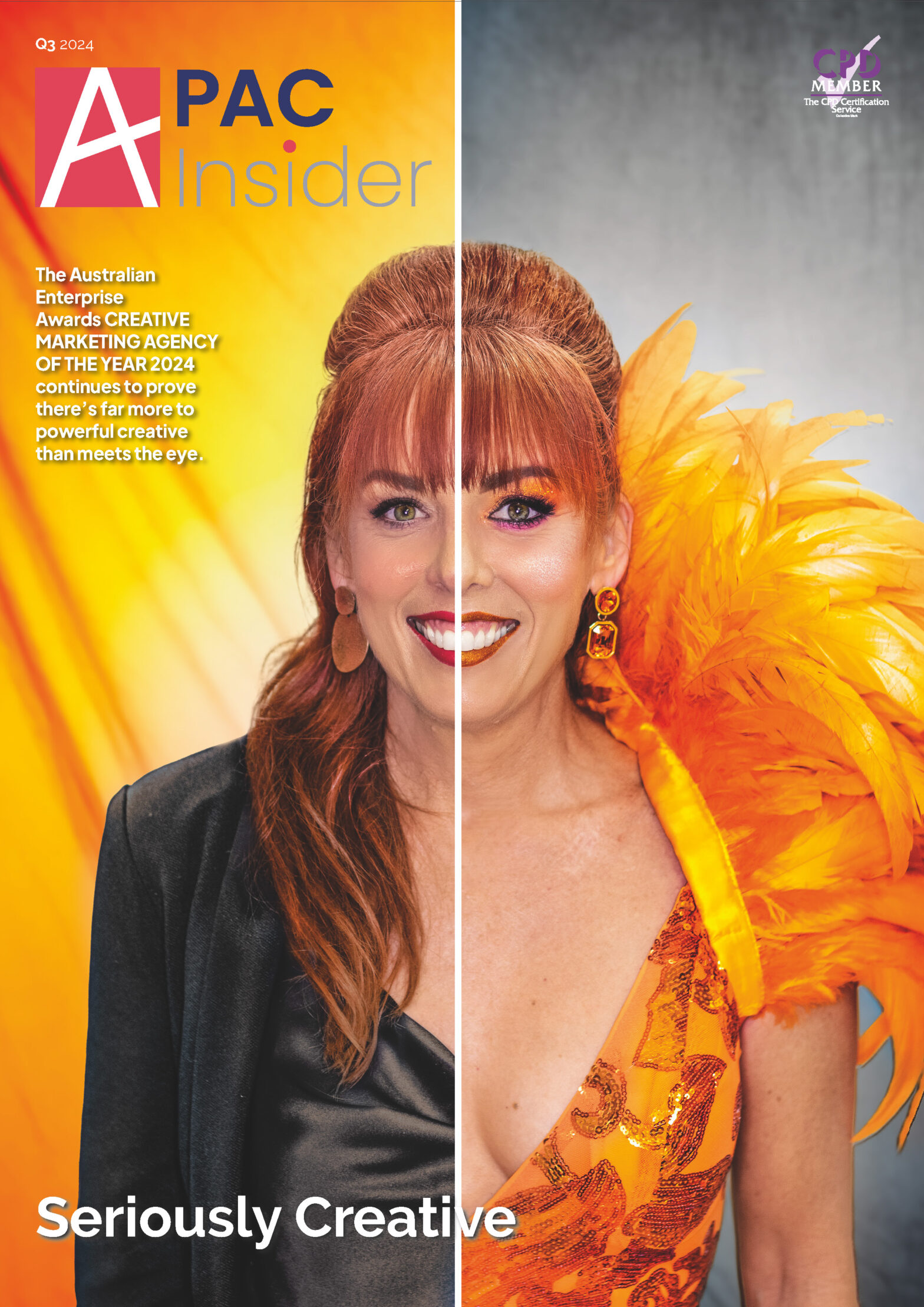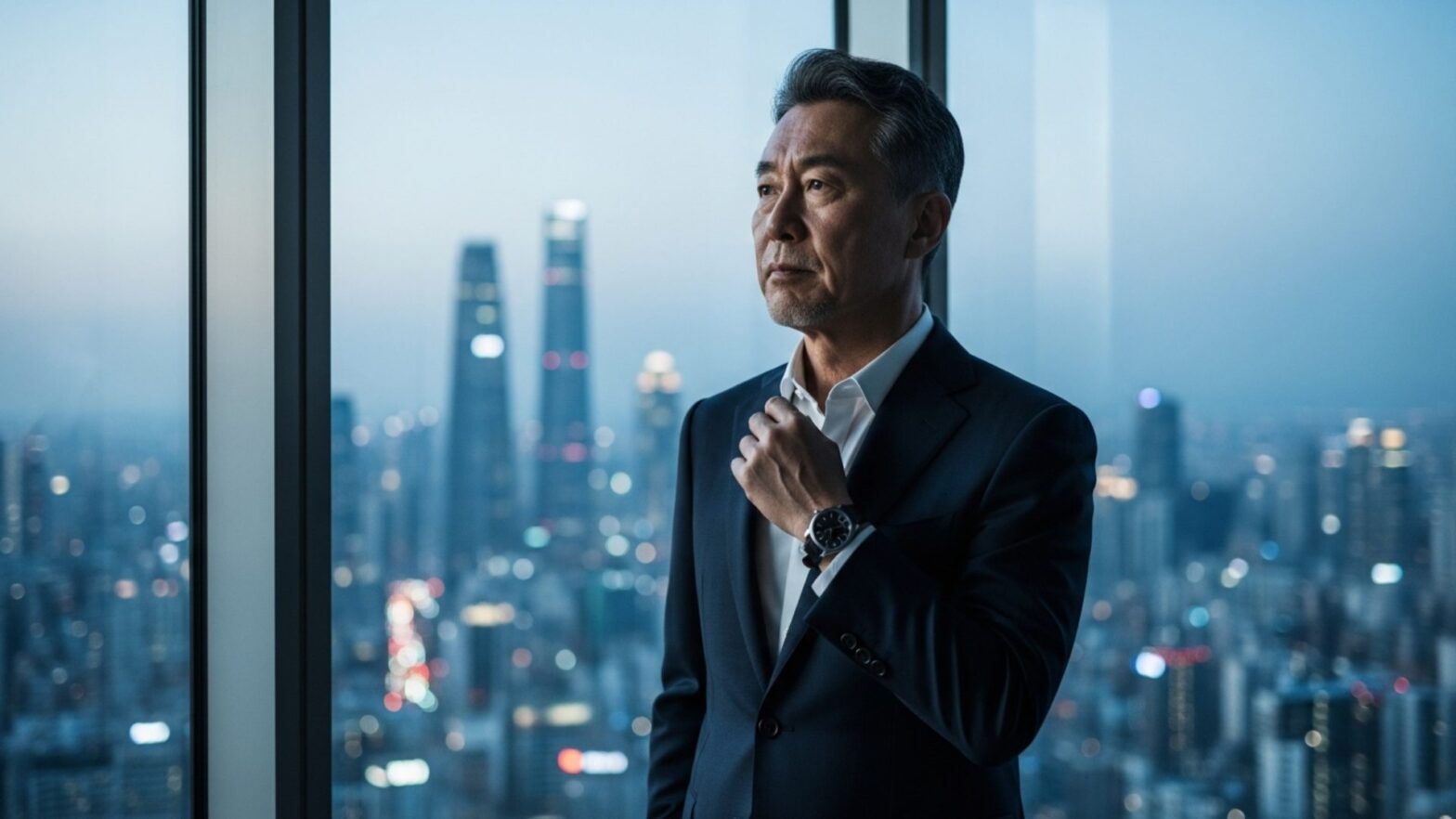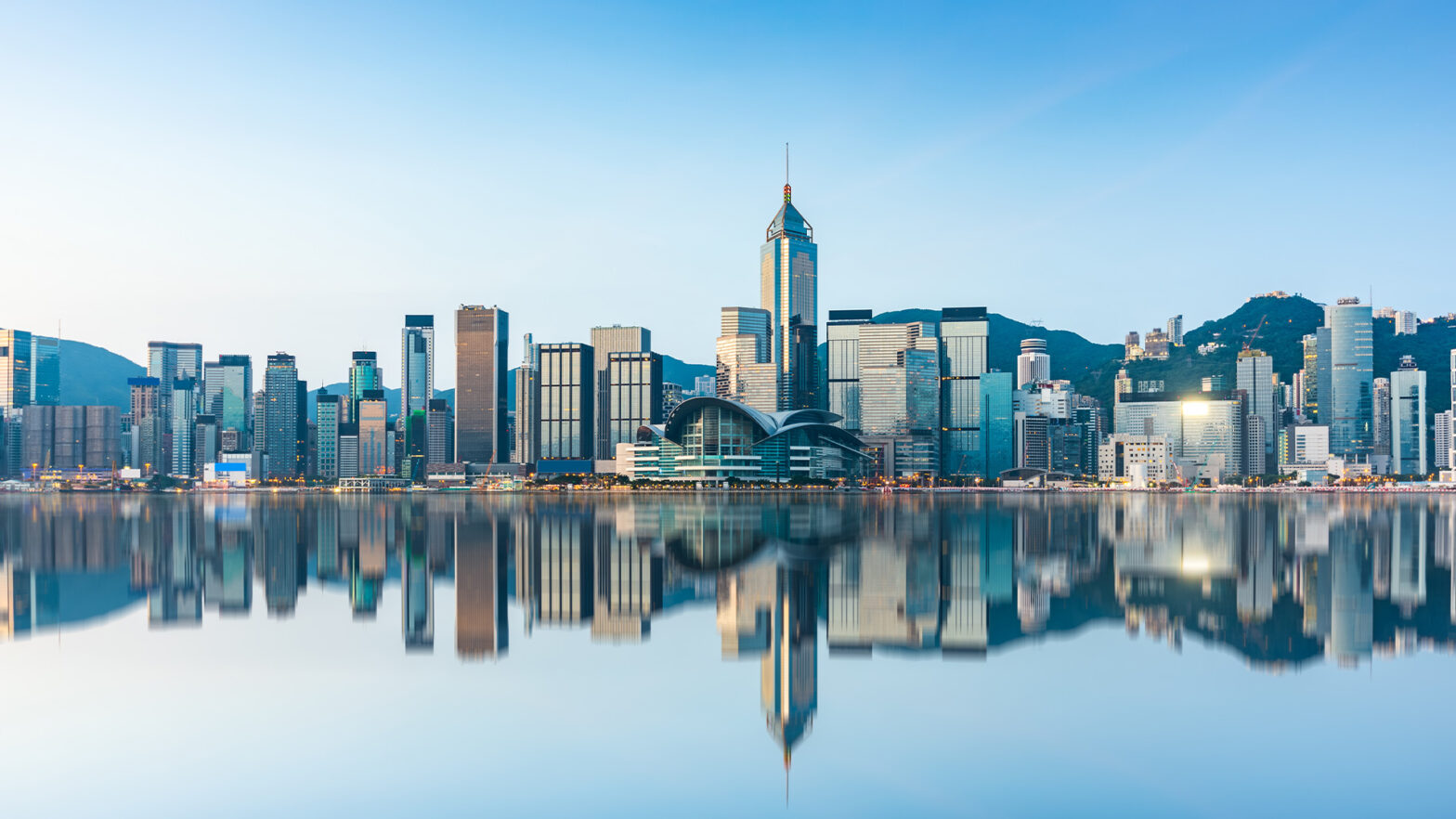If there is one destination renowned worldwide for being clean and green, it has to be vibrant Singapore. Lovingly called the city of green possibilities, the Singaporean government has targeted the Green Plan 2030 to advance the national sustainable development agenda.
What’s even more interesting is that 2024 is the year of rigorous efforts to make a great leap. In other words, the government has designated it to be the Year of Public Hygiene. This means a whole-of-nation effort is to be galvanized toward the upkeep of hygiene standards across all areas.
These include food and the environment. Speaking of both; it appears that another major move may turn the tide for good going forward. The Singaporean government has committed itself to phasing out toxic chemicals, which will likely impact retailers across industries. In this article, we will delve deeper into this commitment and its possible after-effects.
Compliance With the Stockholm Convention
For those who are not familiar with the Stockholm Convention, it is a global treaty having the goal of protecting human health and the environment from toxic chemicals. The primary targets under this treaty are Persistent Organic Pollutants (POPs).
It came into effect in 2004 to reduce or eliminate the intentional production of POPs. Now, by POPs, we mean toxic chemicals, not easily destructible, and can travel long distances via air or water. Singapore became a part of this Convention, along with 90 other countries, in May 2001.
The National Environment Agency (NEA) is the governing body responsible for ensuring compliance with the Stockholm Convention. In 2024, the country committed itself to addressing chemical pollution caused by per- and polyfluoroalkyl substances, or PFAS.
Taking effect from January 2026, Singapore will stop the import and use of two distinct PFAS – perfluorooctanoic acid (PFOA) and perfluooctanesulfonic acid (PFOS). Companies may use these PFAS if the trace contaminants are found in low concentrations. The threshold limit is 25 ppb for PFOA and 10,000 ppb for PFOS.
Why Is the Ban Much Called For?
In the case of Singapore, the city/country has banned the import, manufacture, and use of PFAS due to concerns regarding environmental pollution and human health. However, the context is much larger as a blanket ban has been issued by the European Union (EU) and the US Environmental Protection Agency (EPA).
Much has been known regarding PFAS risks since the early 2000s. However, things became more grave when lawsuits were filed against PFAS manufacturers like 3M in 2017. Firefighters across the US sued the companies due to PFAS toxicity experienced through Class B firefighting foam or Aqueous Film Forming Foam (AFFF).
According to TorHoerman Law, the professionals developed injuries like cancers of the bladder, kidneys, and testicles. Even municipalities joined the class-action multi-district litigation (MDL) for groundwater contamination. These have reached a global settlement.
As for the personal injury cases, the average AFFF lawsuit settlement amounts can range between $40,000 and $300,000. These cases are awaiting their Bellwether trials for fair individual payouts.
Over 9,000 lawsuits make up the personal injury category and the litigation is ongoing. This alone was enough to issue the aforementioned blanket ban. It is now that Asia-Pacific countries like Singapore are following suit to promote a cleaner and safer environment.
How Will This Move Impact Retailers?
Will the upcoming ban on PFAS across Singapore affect retailers? The short answer is yes, but not all. Companies involved in firefighting foam manufacturing, food and packaging, hospitality, automotive, construction, and electronics will be affected. Let’s understand how.
Litigation Risks
Since the dangers of PFAS are known, retailers will be expected to look for non-toxic alternatives. As the word regarding the ban spreads, consumers will become more conscious of their choices. If retailers fail to comply, they risk being sued for negligence and personal injury.
Monitoring and Auditing
The quality control process may become more complex and multi-layered. Companies will need to consistently audit their production methods, suppliers, distribution chains, etc. This is to ensure that no PFAS gets added anywhere, causing cross-contamination.
Product Cost and Availability
The ban process will inevitably impact how retailers source raw materials and conduct production value chains. This could compel them to increase prices based on PFAS dependence. Also, finding effective alternatives can be a challenging task.
Certificates of Compliance
Retailers may require a certificate of compliance to remain protected against enforcement. It would state that the manufacturer has added no PFAS intentionally or the levels do not exceed the threshold limits.
As discussed in this article, retailers across Singapore must tighten their belts. PFAS commonly used in non-stick cookware, firefighting foam, stain-resistant upholstery, food packages, etc., must be replaced with alternatives. Hopefully, navigating this changing landscape in compliance with the Stockholm Convention should be easy by January 2026.
